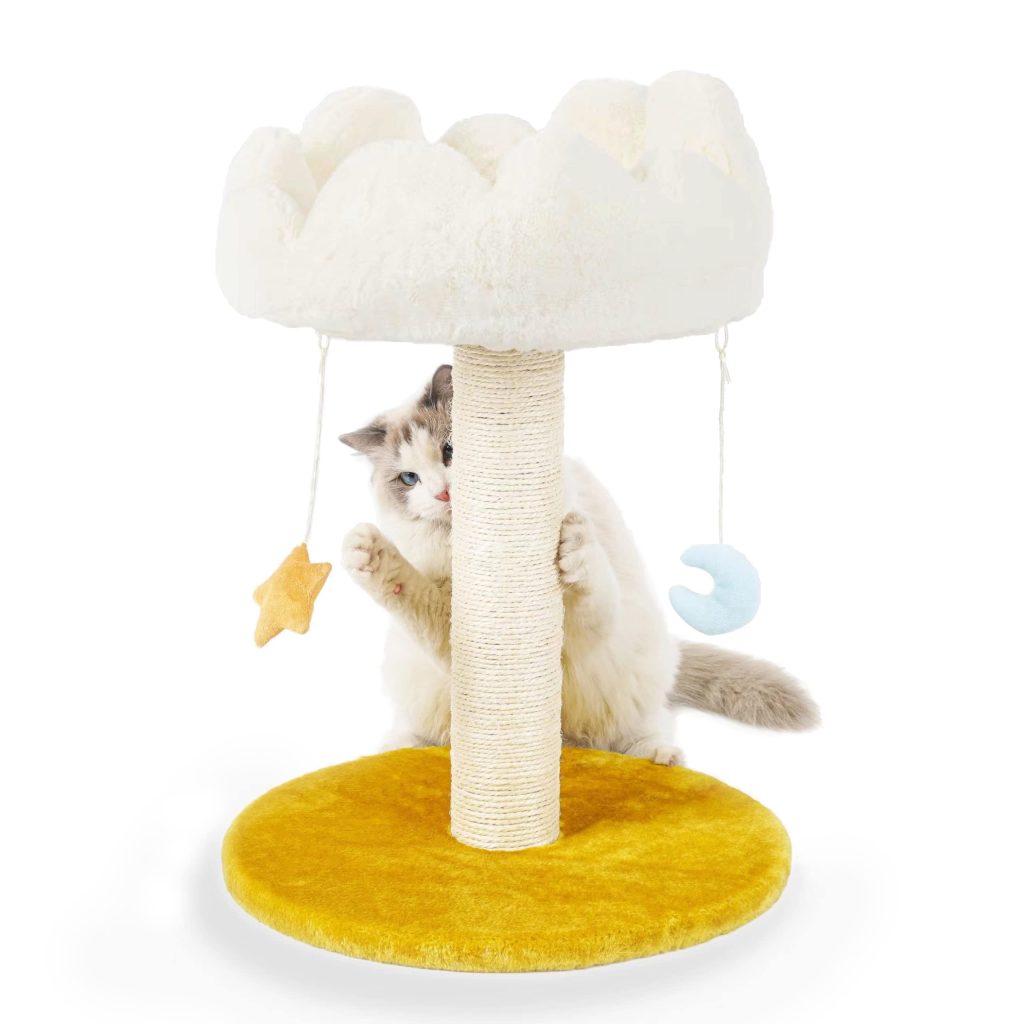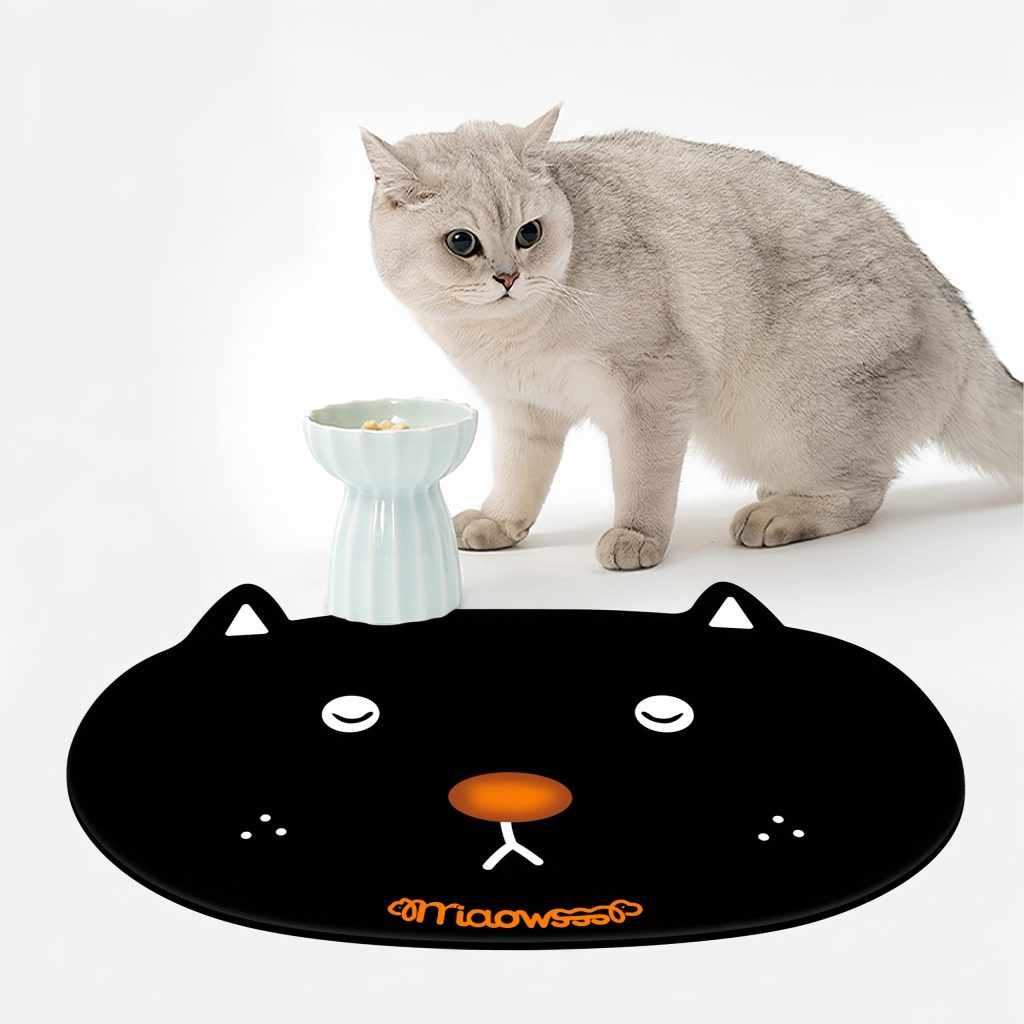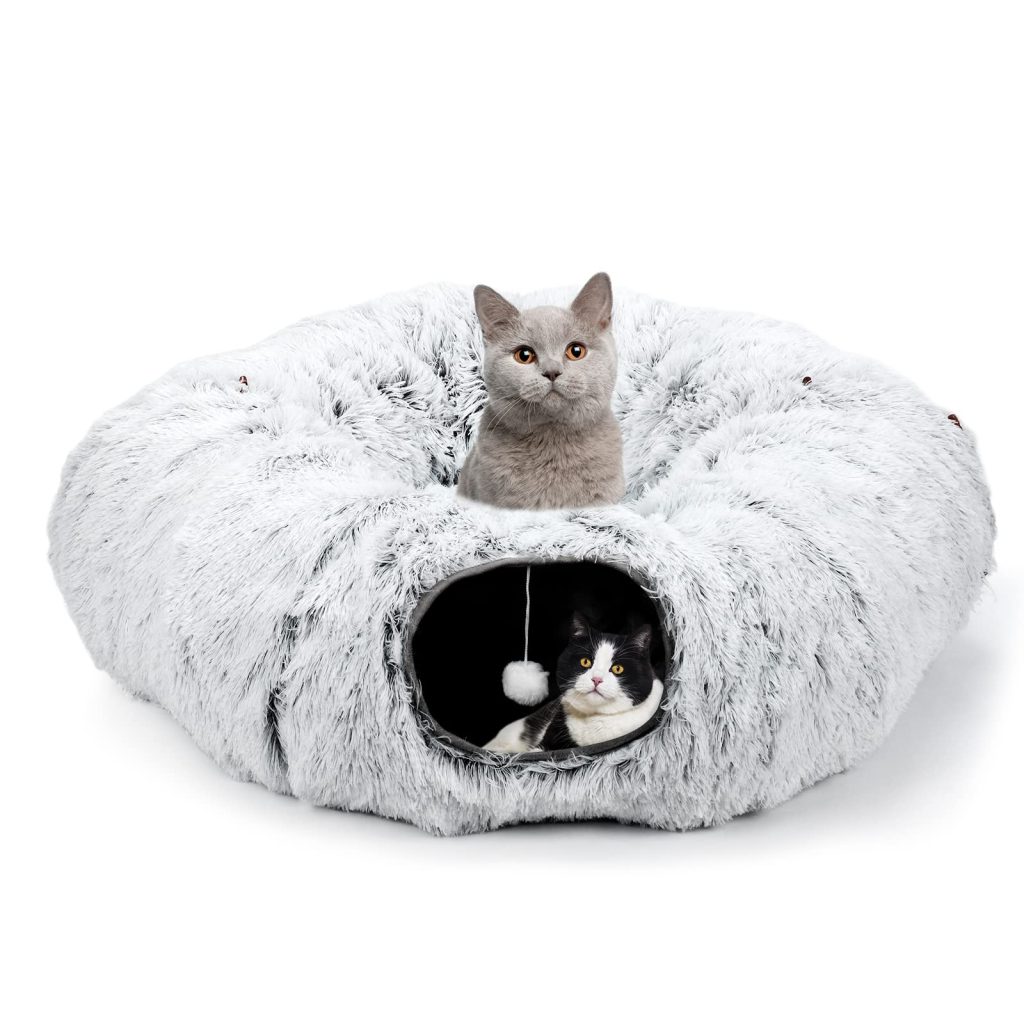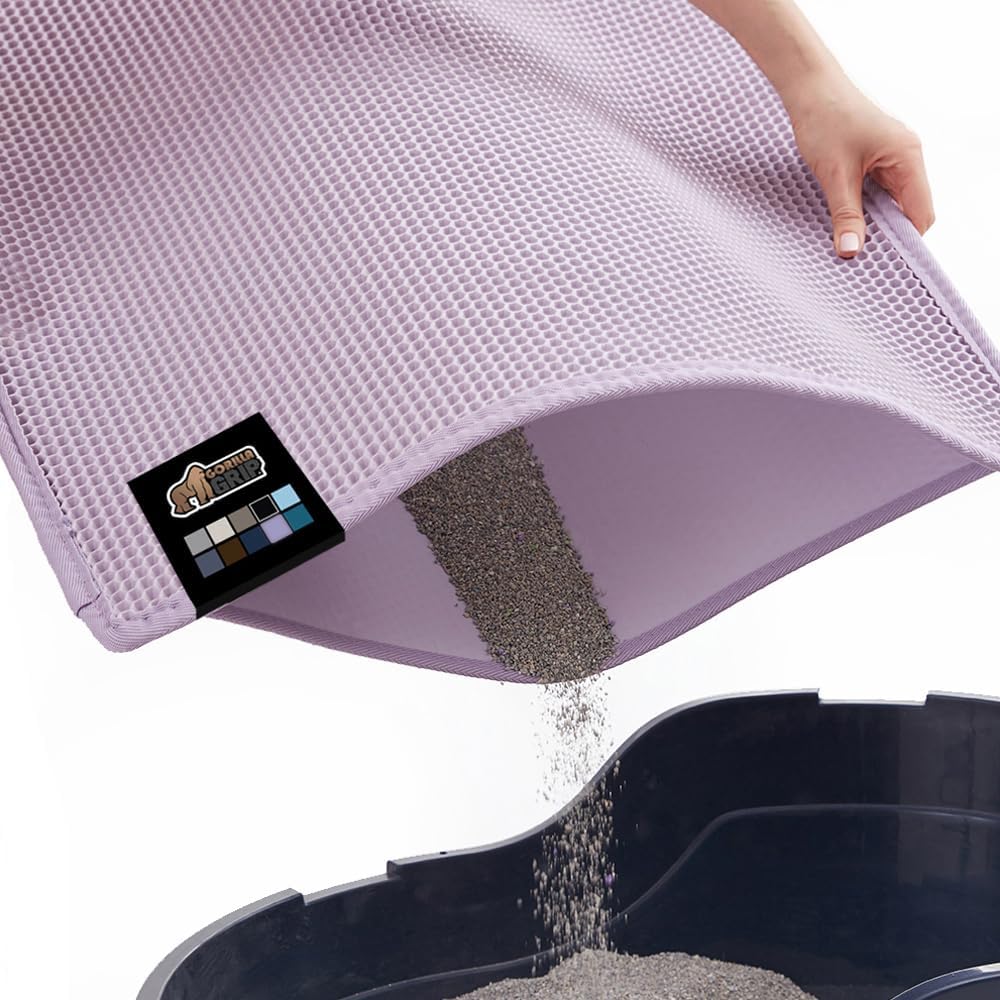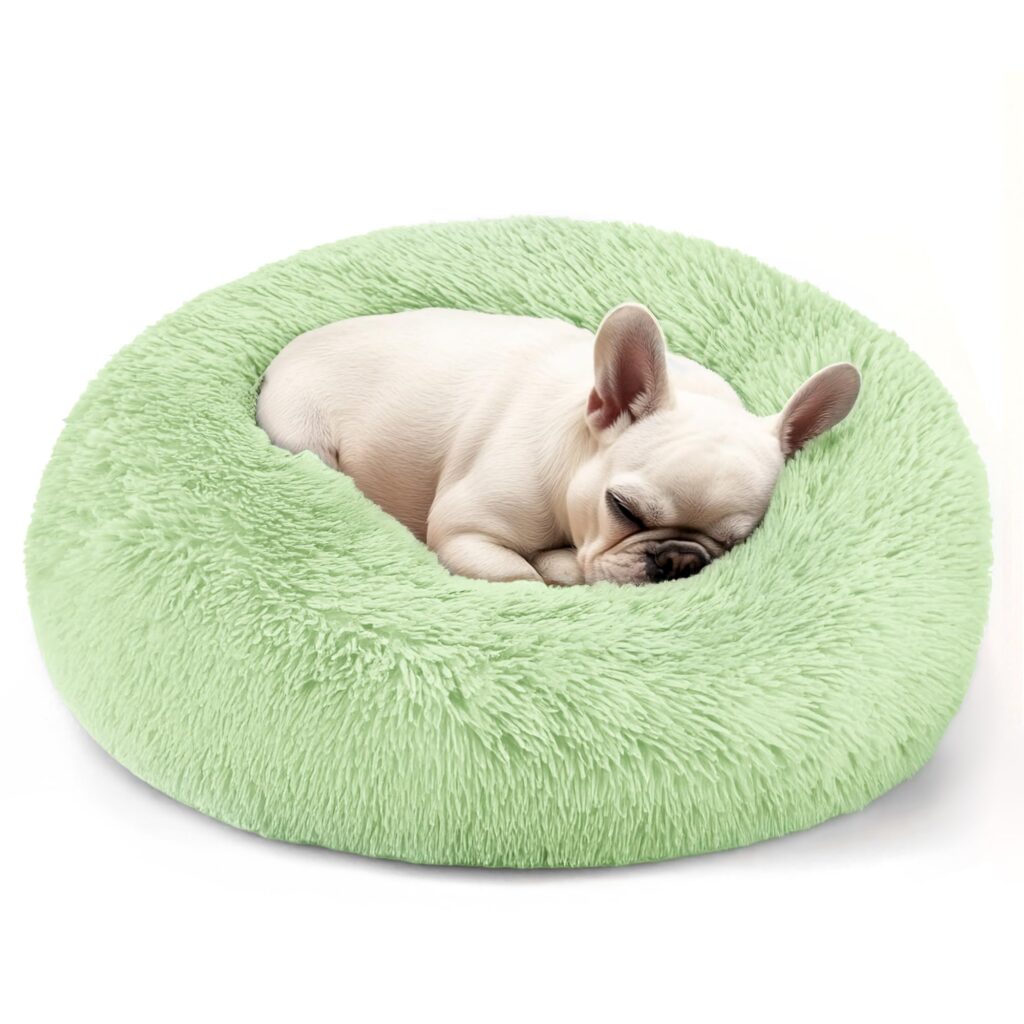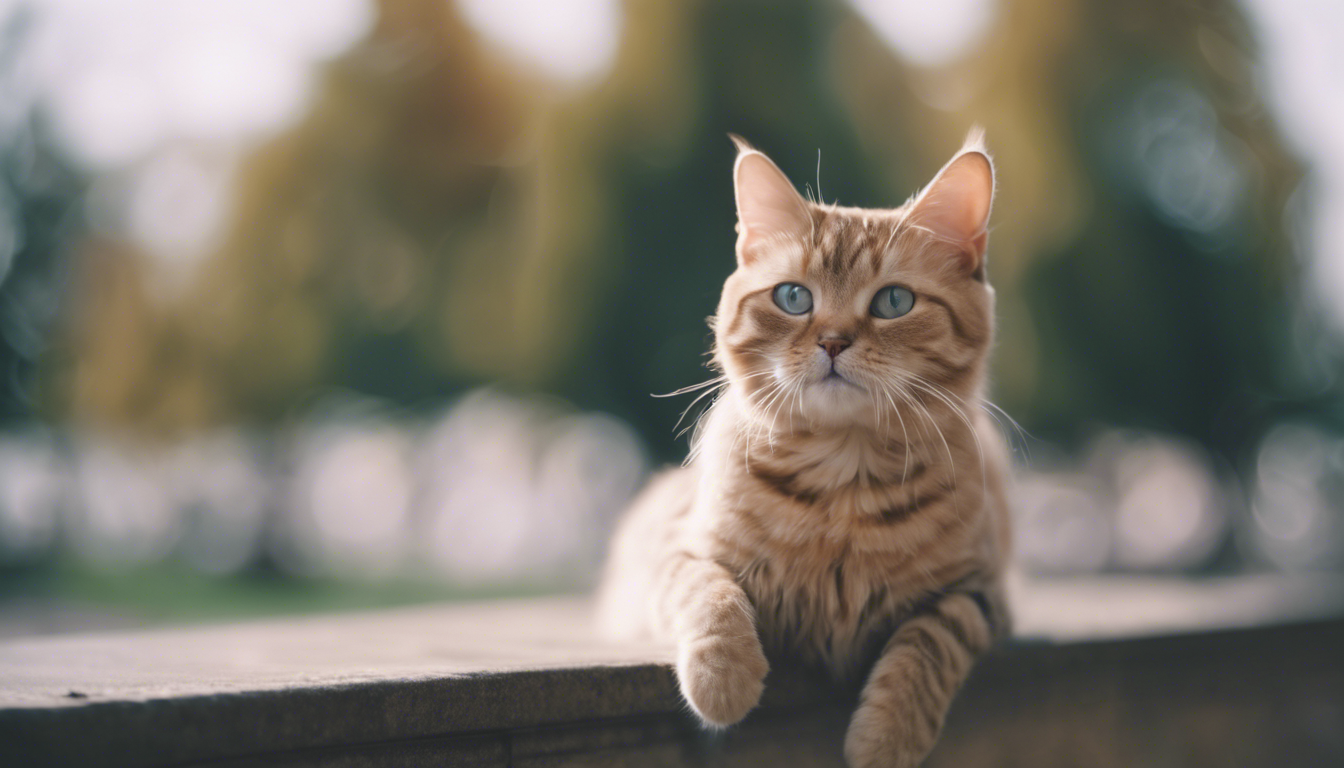
Origin and history of Chantilly-Tiffany cats
The charming Chantilly-Tiffany cat, with its luxurious fur and captivating eyes, is shrouded in a bit of mystery when it comes to their origins. While their past is not as well-documented as other breeds, they made their first marked appearance in the 1960s. The breed was initially thought to have descended from long-haired Burmese cats, but this lineage has proven tough to verify. What is known, however, is that a breeder by the name of Jennie Robinson brought forward this breed in the United States, providing the foundations for the Chantilly-Tiffany we know today.
Intriguingly, this breed was at first mistaken for a chocolate-colored version of the Burmese due to their similar appearance. However, as more and more of these beautiful cats were bred, it became clear that they were indeed a distinct breed with their own unique traits.
The breed’s name itself is a nod to its perceived elegance and grace. ‘Chantilly’ may bring to mind the delicate lace of the French town by the same name, while ‘Tiffany’ evokes images of luxury and the famed Tiffany & Co. It’s an apt name for a breed that carries itself with such finesse.
The journey of the Chantilly-Tiffany cats hasn’t been without hurdles. At one point, this breed came close to fading into obscurity. Dedicated breeders and enthusiasts, however, wouldn’t let this breed disappear, working passionately to ensure that these cats continued to appeal the world with their silky coats and gentle natures. Today, while they are still relatively rare, Chantilly-Tiffany cats have a dedicated following that cherishes them for their unique history and distinctive attributes.
Physical characteristics and appearance
The Chantilly-Tiffany casts a spell of elegance this is hard to overlook, largely due to their notable physical characteristics. The breed boasts a medium to large size with a sturdy, muscular body that carries itself with a dignified poise. Yet, despite their robust build, these cats move with a deceptive lightness, much like the delicate lace after which they are named.
One of the most striking features of the Chantilly-Tiffany cat is its coat. Luxuriously long and silky, the fur feels like plush velvet to the touch and is a delight to run your fingers through. Unlike some longhaired breeds, the Chantilly-Tiffany’s coat does not have a thick undercoat, which makes it less prone to matting and tangling. Colors can range widely, with hues including chocolate, blue, cinnamon, fawn, lilac, and even black. Irrespective of the color, each cat’s coat seems to shimmer with a healthy glow that radiates from within.
Their eyes, a captivating gold to amber, are large and oval, providing a striking contrast against their lush fur. It is in their gaze that you can see the intelligence and affection that these cats hold for their human companions. The eyes are expressive and can often seem to reflect their mood, from curious and engaged to tranquil and content.
As for their grooming needs, regular brushing, perhaps two to three times a week, should suffice to keep the Chantilly-Tiffany’s coat in excellent condition. This not only helps to remove any loose hair and potential debris but also provides a wonderful opportunity for bonding between cat and owner. Bathing is not typically necessary unless the cat becomes particularly dirty. However, when it is time for a bath, always use a mild, cat-friendly shampoo, and be sure to rinse thoroughly to prevent any skin irritations.
In terms of stature, their medium-length legs and paws are proportionate to their body, ending in rounded, tufted feet that add to their sophisticated look. Their tail is plume-like, long and flowing, which they carry with a graceful curve, often a defining feature that captivates many admirers.
Maintaining an ideal weight very important for the overall health of Chantilly-Tiffany cats. Their diet should be well-balanced and appropriate for their age, size, and activity level. High-quality cat food that provides a blend of essential nutrients is preferable to keep their coat glossy and their body healthy. Fresh water should always be available, as proper hydration is just as important for cats as it is for humans.
Owners of Chantilly-Tiffany cats need to be cognizant of their specific physical attributes to provide the best care possible. A little attention to their grooming and dietary needs goes a long way in preserving the majestic appearance and health of these enchanting companions.
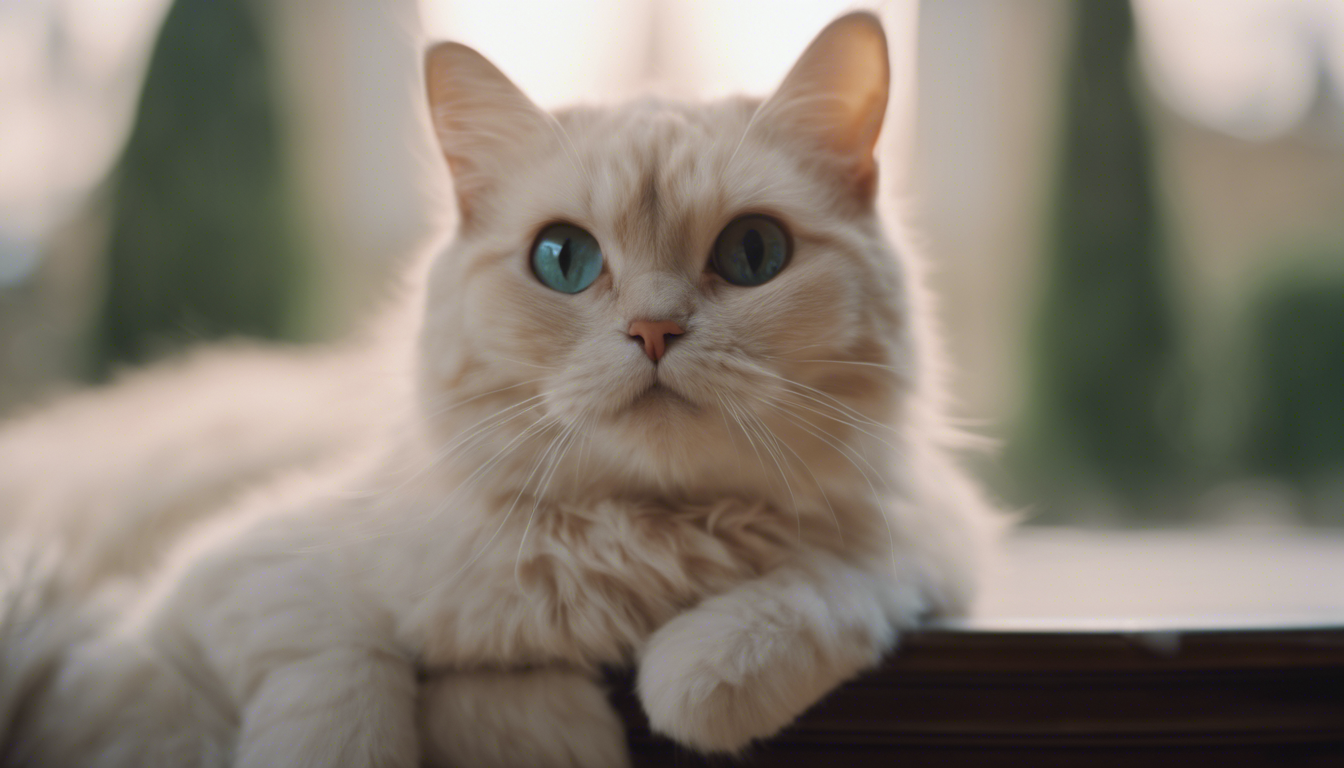
Temperament and behavior
When it comes to personality, Chantilly-Tiffany cats are truly the epitome of the phrase “gentle giant.” Their demeanor is typically calm and collected, exuding a sense of serenity that can be quite infectious. These cats are known for their sweet, mellow nature, making them excellent companions for those who appreciate a relaxed household. They often form strong, loving bonds with their owners and are known to follow them from room to room, demonstrating a curious mix of independence and loyalty. While they’re not overly demanding of attention, they do enjoy being close to their human family members, often expressing their affection openly.
Their patient and sociable attitude often makes them a good match for families with children or other pets. They’re typically tolerant and gentle, which means they can be great friends to kids who treat them kindly. However, it’s essential for owners to ensure that interactions between young children and any pet are supervised to maintain a safe environment for both.
A Chantilly-Tiffany’s playful side can emerge at times, and they enjoy interactive toys that stimulate their minds and encourage some level of physical activity. Puzzle toys or teaser wands can be especially appealing, giving them a chance to exercise their natural predatory instincts in a safe and controlled manner. Despite their playfulness, they usually remain quite dignified and are rarely destructive.
Exercise is essential for the breed to prevent obesity, considering their love for leisure. Owners should encourage playtime sessions on a daily basis. A cat tree or a secured shelf can provide them with an excellent opportunity for climbing and observing their surroundings, catering to their desire for a cozy perch.
Regarding mental health and comfort, Chantilly-Tiffany cats value a consistent routine and a tranquil environment. Sudden changes or a noisy, chaotic setting might stress them out, so it’s best to introduce any changes gradually and keep their living space as peaceful as possible.
For the Chantilly-Tiffany, vocalization is not excessive but certainly distinctive. They tend to have a soft, melodic voice, which they use discerningly rather than incessantly. When they do vocalize, it is often to greet their owners, ask for food, or simply engage in a ‘conversation’ where they can be quite expressive.
Prospective and current Chantilly-Tiffany cat owners should be mindful of their pet’s need for gentle interactions, a tranquil environment, and a predictable routine. Accommodating these traits with gentle affection, calm spaces, and regular playtime can contribute significantly to keeping these poised cats both happy and healthy.
Care and health considerations
Tending to a Chantilly-Tiffany cat’s health is somewhat simpler, provided you keep up with regular veterinary check-ups and are attentive to any signs of potential health issues. Their lack of a dense undercoat does spare them from some of the grooming woes prevalent in other long-haired breeds, but it doesn’t eliminate the need for a watchful eye on their silky tresses. A good combing should always be done gently to prevent skin irritation and to keep their fur free of knots, while also checking for any bumps, lumps, or skin conditions that may need a vet’s attention.
One thing to note about Chantilly-Tiffany cats is that they are often considered a healthy breed with no known breed-specific genetic disorders. However, just like any other cat, they can develop common feline ailments such as upper respiratory infections, dental issues, or kidney problems, especially as they age. Dental hygiene is important; regular brushing can prevent periodontal disease, which is a common health concern in cats.
As for exercise, they don’t require extensive physical activity, but should certainly be encouraged to engage in moderate play. A variety of toys and activities can help them keep their muscles toned and stay at a healthy weight. Bear in mind that obesity can be a concern for this breed, as their luxurious fur can sometimes mask excess weight gain. Keep a close eye on their body condition and adjust their diet accordingly.
A balanced diet is paramount for maintaining their health. Avoid overfeeding and consult your vet to choose the appropriate type and amount of food, taking into account factors such as their age, weight, and activity level. Some Chantilly-Tiffany cats may have a propensity for particular sensitivities, so it’s key to keep an eye on their reaction to new foods and opt for high-quality ingredients that support their overall health and coat condition.
In terms of environmental care, Chantilly-Tiffany cats prefer indoors, where it is safe and warm. They are not particularly adventurous, so the great outdoors, with its many risks, is not an ideal setting for the breed. As indoor cats, providing a scratch post and some safe, elevated areas where they can retreat and survey their domain is key to their wellbeing.
Regular vaccinations and parasite control are critical in keeping your Chantilly-Tiffany cat healthy. Flea, tick, and worm treatments should be administered as recommended by your vet. Spaying or neutering not only prevents unwanted litters but also can contribute to a healthier, longer life for your cat.
To balance caring for your Chantilly-Tiffany’s luxurious coat, physical health, and mental well-being, it comes down to regular grooming practices, periodic veterinary visits, a careful eye on their diet and weight, and ensuring they have a safe, loving environment in which to thrive. By addressing these key areas, you’ll cultivate a loving relationship with a feline companion who is as healthy and graceful in their later years as they are in their youth.

